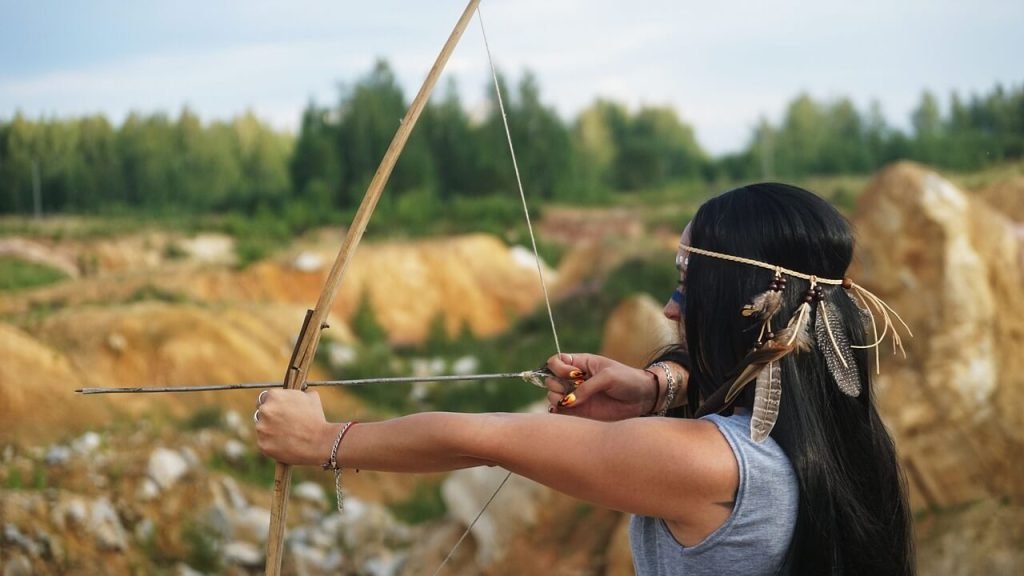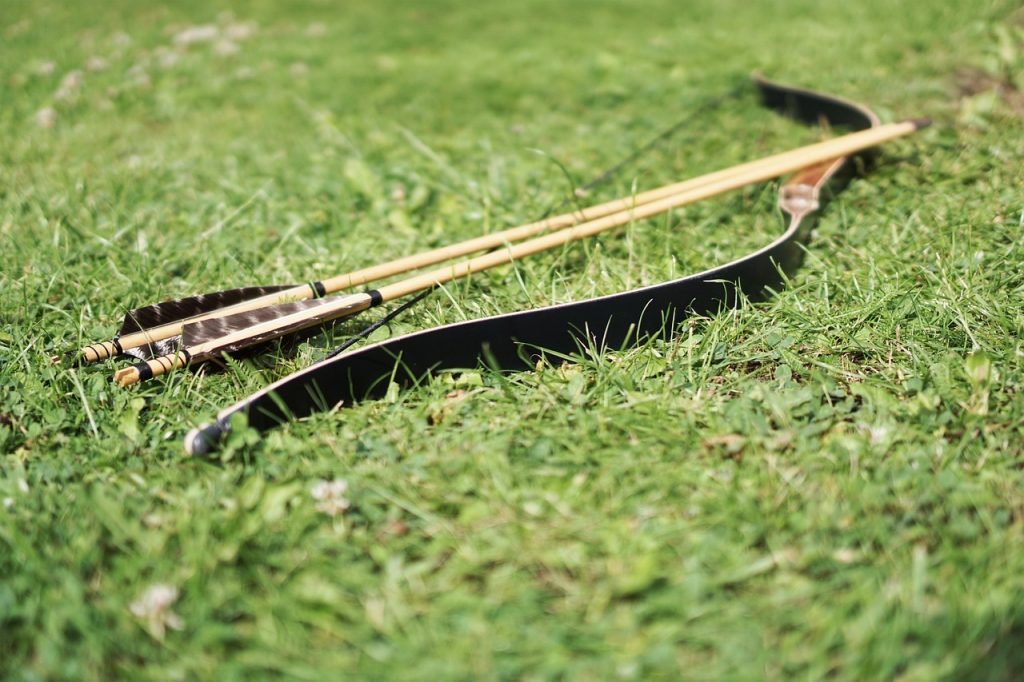How to Make a Bow and Arrow: Step-by-Step Guide

Are you interested in archery? Do you want to learn how to make a bow and arrow from scratch? Here's a step-by-step guide that will show you how to create your own bow and arrow using simple tools and materials.
Step 1: Choose the Right Wood
The first step to making a bow is to choose the right type of wood. The best woods for making a bow are yew, hickory, osage, and bamboo. These woods are strong, flexible, and have good grain alignment. You can also use other types of wood like ash, oak, or maple, but they may require more time and effort to work with.
Step 2: Cut the Wood
Once you have chosen your wood, cut it to the desired length. For a traditional longbow, the length should be about your height or slightly longer. For a short bow or a youth bow, the length should be about half your height.
Step 3: Shape the Bow
Next, shape the bow by removing the bark and any knots or imperfections with a drawknife or a roughing knife. Then, use a rasp or a file to create a rough shape of the bow. Make sure to keep the limbs of the bow symmetrical and taper them towards the tips.
Step 4: Tillering
Tillering is the process of testing and adjusting the bow's bend and stiffness. Hang the bow from a string or a rope, and apply pressure to the handle until the bow bends slightly. Then, use a tillering stick or a tillering board to check the shape and adjust the limbs as needed. Repeat this process until the bow has a smooth and even bend.
Step 5: Sanding and Finishing
Once you are satisfied with the shape and bend of the bow, sand it with fine-grit sandpaper to smooth out any rough spots. You can then apply a finish to protect the wood and enhance its appearance. The most common finishes for bows are oil-based varnish, boiled linseed oil, or beeswax.

Step 6: Making the Arrows
To make the arrows, you will need to choose the right materials and tools. The shaft of the arrow can be made from wood, bamboo, or carbon fiber. The fletching, which are the feathers or vanes that stabilize the arrow in flight, can be made from turkey feathers, goose feathers, or synthetic materials.
Cut the shaft to the desired length, and then attach the fletching and the arrowhead. The arrowhead can be made from stone, bone, metal, or other materials. Make sure to balance the weight of the arrow by adding weight to the tip or the back end as needed.
Step 7: Testing and Adjusting
Finally, test your bow and arrows to make sure they are safe and effective. Start with low draw weight and gradually increase it as you become more comfortable with the bow. Adjust the arrows' length, weight, and balance as needed to ensure accurate and consistent shots.
Conclusion
Making your own bow and arrow can be a rewarding and fun experience. By following these step-by-step instructions, you can create customized bows and arrows that fit your needs and preferences. Remember to choose the right materials, take your time, and enjoy the process of crafting your own archery equipment.




Related Posts